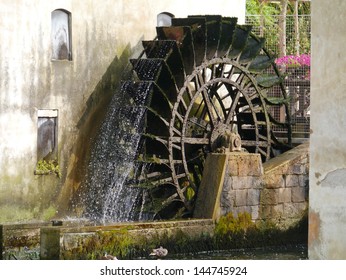Old Rocks
Diamond Member
Here in the Pacific Northwest they plan to have a reservoir both at the top and the bottom. That alleviates environmental problems, both from leakage of coolents and lubricants, and also from water temperature. Put this in tandem with battery storage, and you have instantaneous response to the demands of the grid, as well has a huge reserve.



